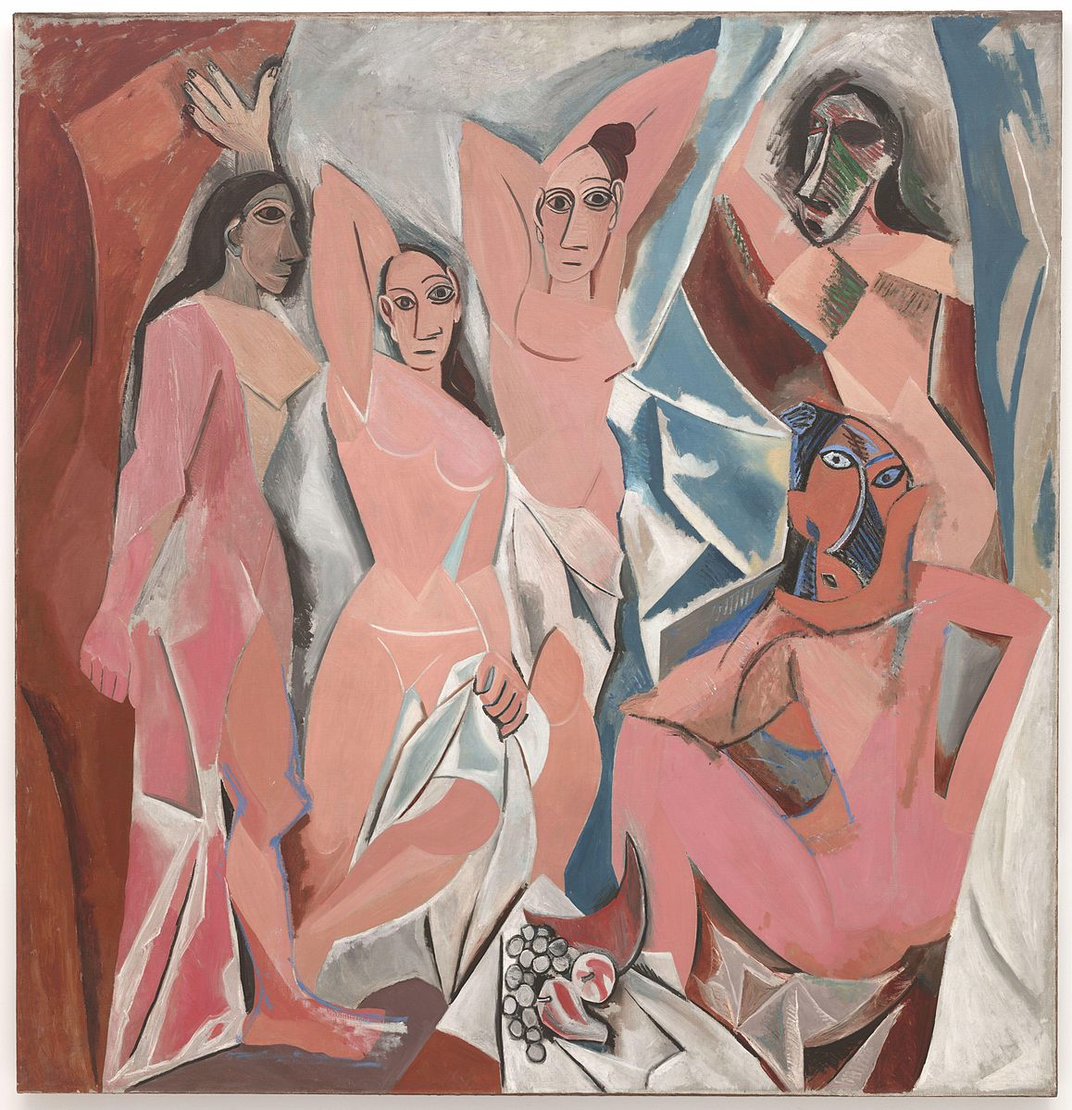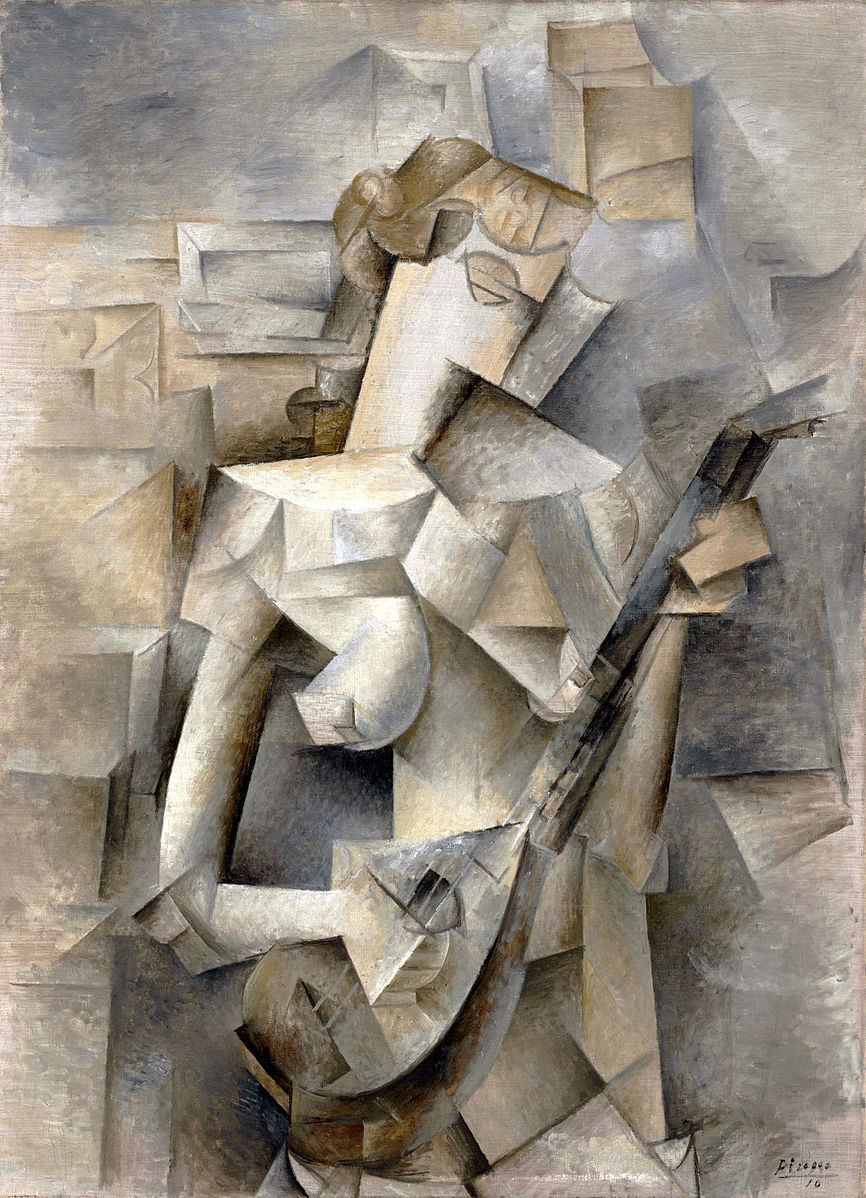___________________________________________________
28 Fleming, Arts and Ideas, 269.
29 Rothenberg and Joris, Poems for the Millennium, From Fin-de-Siècle to Negritude, 105.
30 Gertrude Stein, Stanza 83 from “Stanzas in Meditation,” The Poetry Foundation, accessed February 22, 2020, https://www.poetryfoundation.org/poems/46475/stanzas-in-meditation-stanza-83.
31 Albright, “Musical motives in Modernism,” 239.
32 Glen Macleod, Modernism and visual arts, in The Cambridge Companion to Modernism, ed. Michael Levenson (Cambridge: Cambridge University Press, 2011), 254.
33 F.T. Marinetti, “ Manifesto of Futurism,” trans. Flint & Arthur Coppotelli, Poems for the Millennium, From Fin-de-Siècle to Negritude (Berkeley and Los Angeles: University of California Press, 1995), 197-198.
34 Fleming, Arts and Ideas, 374.
35 Ibid., 374.
36 Tristan Tzara, “Dada Manifesto on Feeble & Bitter Love” trans Barbara Wright, Poems for the Millennium, From Fin-de-Siècle to Negritude (Berkeley and Los Angeles: University of California Press, 1995), 304.
Another branch of Modernism that stemmed from the lineage of Post-Impressionism was the movement of Cubism. The driving forces of this movement, Pablo Picasso (1881-1973) and Georges Braque (1882-1963), were inspired by Cézanne’s geometrical representations of space and objects. Their vision was to represent objects “simultaneously from many visual angles, in wholes, or in parts, opaque and transparent.”28 In Picasso’s Les Demoiselles d’Avignon (Figure 25), these features are very apparent in the angularity and disproportionate sizes of the ladies’ limbs. His Girl with a Mandolin (Figure 26), a slightly later work, goes further in the experimentation with geometric shapes and abstraction.
In poetry, there were also artists experimenting with these concepts and forms. Writer Gertrude Stein (1874-1946) played with language in this very same way - turning it right-side up and “smashing every connotation that words ever had, in order to get them back clean.”29 Stanza 83 from her “Stanzas in Meditation” presents language in a way that pulls our eye to individual words, creating a hyper-awareness our use of language and the way we create meaning in our minds.
Why am I if I am uncertain reasons may inclose.
Remain remain propose repose chose.
I call carelessly that the door is one
Which if they my refuse to open
No one can rush to close.
Let them be mine therefor,
Everybody knows that I chose.
Therefore if therefore before I close.
I will therefore offer therefore I offer this.
Which if I refuse to miss may be miss is mine.
I will be well welcome when I come.
Because I am coming.
certainly I come having come.
These stanzas are done.30
Stravinsky was doing similar things in music with the use of collage, the closest link music probably can has with Cubism. Pasting material together that, in terms traditional counter-point and syntax, would not be conventionally combined, was one of Stravinsky’s signature.In a similar way that Stein’s poems and Picasso’s paintings make us question the images that we see and the words we read, this idea of the collage provokes that very same confusion by combining the familiar with the peculiar. Stravinsky’s A Soldier’s Tale is a good example of this kind of musical language, which shows a “soberer kind of expression” than that which he used in his earlier works, like The Firebird. This could have well been a reaction to First World War, which called for a change of aesthetics and ideas. He was famously known for saying that music was “powerless to express anything at all,” which very much ties in with postwar disillusionment.31
As mentioned before, the first decades of the century experienced a lot of contention of ideologies on all sides of the spectrum. Filippo Tommaso Marinetti (1876-1944) was a leading figure in one of these radical movements that advocated for a “complete destruction of the past,” admiringthe “sleekness and power of machinery” and seeking to “convey in art the rapid pace of modern life: Futurism.”32 In his Manifesto, he expresses these intentions very clearly:
Courage, audacity, and revolt will be essential elements of our poetry.
We will glorify war - the world’s only hygiene - militarism, patriotism, the destructive gesture of
freedom-bringers, beautiful ideas worth dying for, and scorn for women.
We will destroy the museums, libraries, academies of every kind, will fight moralism, feminism,
every opportunistic or utilitarian cowardice.33
This desire to cleanse the world of its past and start something new inevitably eventually became a reality. The advent of the the Great War, especially with the development of weaponry and new war tactics was huge shock for society, for it experienced warfare on a scale that had not been seen before. Millions dead, great artists among them… There were many forms of reaction to the catastrophes this war, but I will end this chapter by presenting only one of these - Dada, a “nihilist movement, particularly distrustful of order and reason, a challenge to polite society.”34 Dadaism channeled its disillusionment in none-sense, forms of anarchy, humor, and in many ways, it was the “antithesis of art:”35
DADA is a virgin microbe
DADA is against the high cost of living
DADA
Limited company for the exploitation of ideas
DADA has 391 different attitudes and colors according to the sex of the president
It changes - affirms - says the opposite at the same time - no importance - shouts- goes fishing.
Dada is the chameleon of rapid and self-interested change.
Dada is against the future. Dada is dead. Dada. Is absurd. Long live Dada.
Dada is not a literary school, howl36

